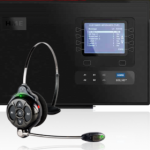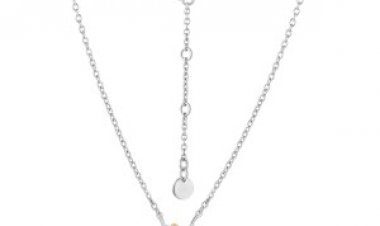Drive-thru Headsets- Which One is the Best?
There are three major players in the drive-thru headset world; HME, Panasonic and 3M. Having worked with all three systems we’ve come to learn a thing or two about each of them. As it goes for other things in life there is always that “cost/benefit” analysis people often struggle with.
There are three major players in the drive-thru headset world; HME, Panasonic, and 3M. Having worked with all three systems we’ve come to learn a thing or two about each of them. As it goes for other things in life there is always that “cost/benefit” analysis people often struggle with.

When looking at these three systems in order of cheapest to most expensive it’d be 1- Panasonic, 2- 3M and 3- HME. The difference in price is borderline insignificant and I am here to tell you the quality from one to the other is not.
Notes on 3M- They have been a nightmare with reliability and headset breakage problems. It has gotten so bad that some franchisees have had their warranty extended after complaining. On top of that, they do not have HD Audio technology (they still use the narrow-band frequencies).
Notes on Panasonic- A history of poor corporate support and known history of obsolescence for replacement parts in the future. Past systems quickly become difficult to service because of a lack of parts and pieces. The process of “turning over rocks” to find what you need becomes a common practice.
Notes on HME- they have the largest network of nationwide technicians, make up 3/4 of the drive-thru market (McDonalds, Starbucks, etc), are the only one with HD audio, and they have a three-pronged support system. In addition, there are systems that are 15 plus years old that are still being supported and have replacement parts available.
While taking a broader view of these competing systems you begin to realize that HME’s focus on the quick service restaurant industry is very narrow in comparison to Panasonic and 3M. These two have various other verticals that they are in that naturally require a significant amount of internal resources. Further, they always seem to be in “chase mode” when it comes to developing new capabilities for the drive-thru systems.






















